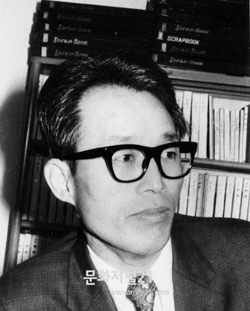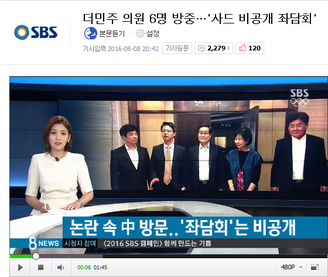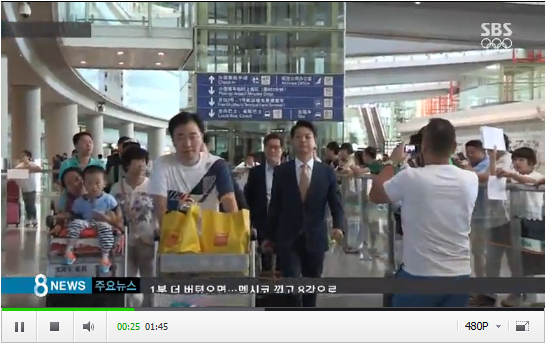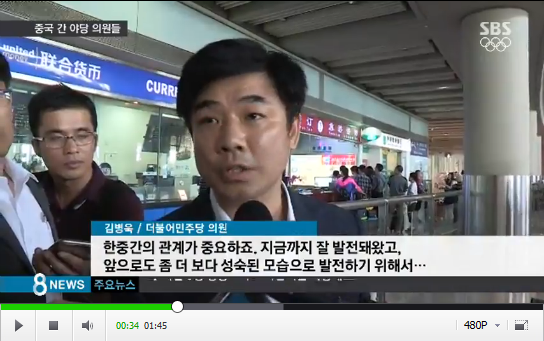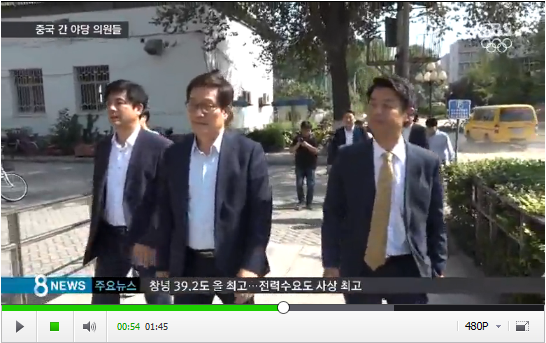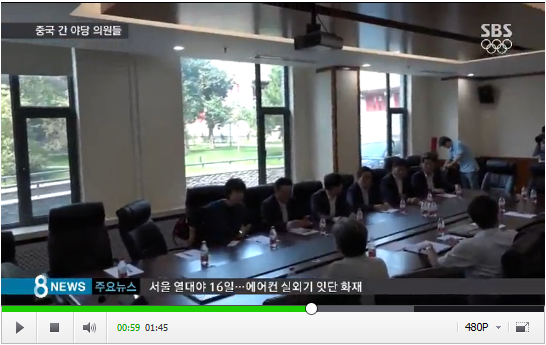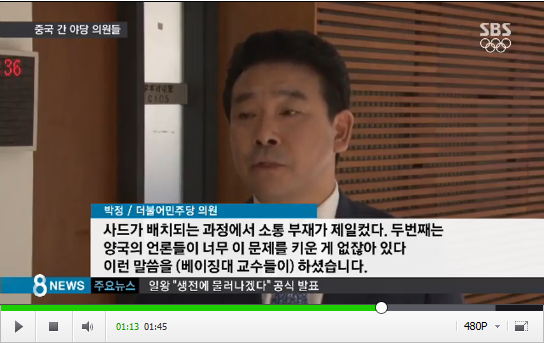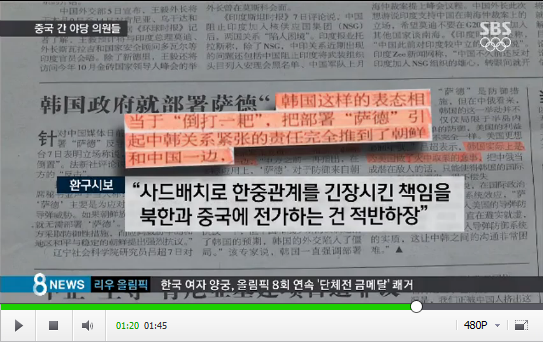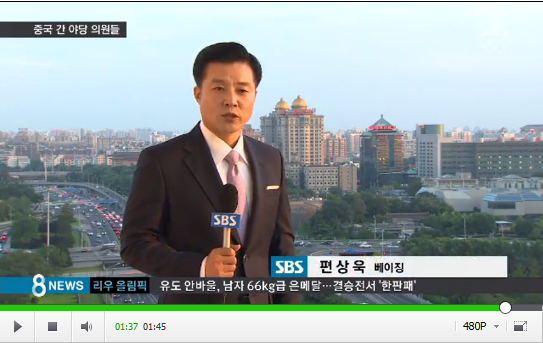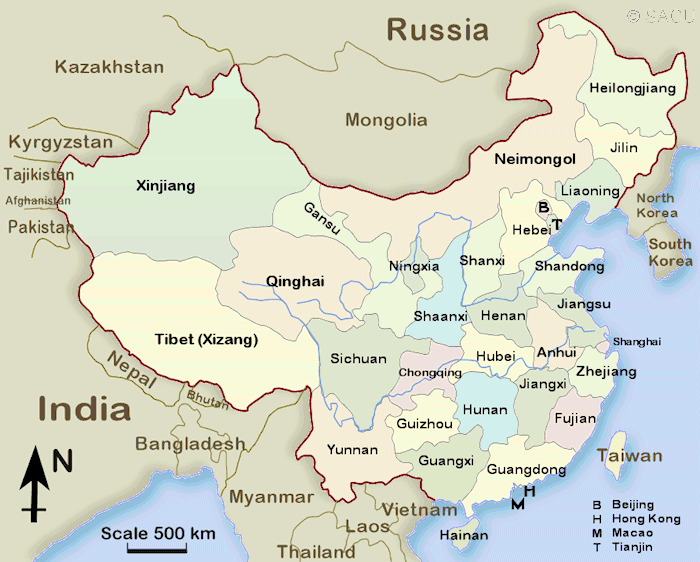2013: 6,847
2014: 5,570
2015: 5,613
2016 through August 16th: 3,727
= 21,757 photos taken in 44.5 months, or about 490 per month.
Some hundreds of these appear on this very website. They direct a lot of the traffic that comes from strangers to what is now called Yule-Tide.com.
This seems like a lot of pictures. I don’t remember at all what the great majority were. How could I? Why did I take them?
I do know exactly why I took about a thousand of those taken in year 2014 (nearly 20% of that year’s total). They were very explicitly taken to “preserve the past.” I photographed many of the papers, writings, and other miscellany of my grandfather in Connecticut who died eighteen years ago. He was born a hundred years ago this year.
His files were then still intact. Without going into details, in 2014 I had a fear that everything might be thrown away at any moment. When I visited Connecticut on one of my trips there in 2014, I figured I could prevent the total loss of it all by photographing, no matter what comes later. Then, I reasoned, I could transcribe some of his writings and upload them to a website that I could create for that purpose. This has not yet been done.
There were many good writings, all of which were bound to be lost. I had the power in my hands, literally, to preserve them. His writings were things like letters-to-the-editor, essays, short stories, newsletters for the clubs he was in, and of course his full-length comedic novel from the ant’s perspective (two animation movies quite similar to his novel were produced in the late 1990s; he had his manuscript done already by the mid 1970s; among his files there was much correspondence with literary agents trying to get that novel published). There were also speeches he gave, personal histories and reminiscences, and travel writings, such as from his trip to East Germany in 1979.
He was also a photographer and a longtime member of a local camera club. My attempts to take digital photos with my phone camera of his old black-and-white photos, some from the 1930s, were not totally satisfactory. There were some photographs around even older, mostly family pictures. Of those he took, one interesting set shows him with buddies in the 1938-1940 period with the Connecticut National Guard. The guardsmen, himself included, are photographed horsing around, often with shirts off, and grinning. This was a military outfit, even if in peacetime, so this surprised me. My grandfather had lied about his eyesight (it was below standard for the army) and when they figured it out, they kicked him out. That was before the war began…
Then there was the slide projector. My cousin B.W. helped get it working, after some difficulty. It was a 1970s model. It was my first time using one of those. There were boxes full of slides and was able to photograph some very nicely. He was a comedic writer and a comedic photographer. He made entire visual stories out his slides. The one pre-loaded in the projector was made with the help of a local family, a boy and his mother. I could recreate the slideshow on these pages. It hasn’t been seen by very many people in recent decades. I think it was made in the 1970s as well.
The only failure of this historical preservationist endeavor was in my cousin B.W. and I wasting an hour or two trying to get the film projector to work. We did finally get it to work, whirring along and projecting those “moving pictures” our grandfather had filmed decades before we were born. The reel we’d spooled in was of some kind of trip they;d taken, perhaps in the 1950s. The case was marked ‘Florida.’ We’d seen a minute of it, a scene filmed in the airplane, a scene of palm trees swaying, a scene of people walking on the tarmac after getting off the plane — then — poof! — the light bulb burned out. It was not easily replaceable at all and they’d stopped making them long ago.
The burning out of that lightbulb, when I look back on it, is a clear metaphor for the whole endeavor, for trying to hold onto the past, or maybe to “find” the past, but being unable to do so.
Then there is the ephemerality of the Internet. Much of the Internet that I remember from the old days has vanished totally, including my own first-ever webpage, a tribute page to The Simpsons that I made about year 1999 when I was in middle school (while trying to learn HTML). The second website I tried making, about year 2001, has also long since vanished (no big loss). My early email accounts have, likewise, all vanished with no access, that I know of, to the archives. Various discussion forums I used to visit in the mid-2000s are now totally gone, with all posts lost.
It would seem that memories themselves are like this, too. Not all survive. Even to recall, in the evening, precisely what one did that very same morning can be difficult. How, then, can we hope to really remember one year ago, ten years ago, and so on. At some point, things fogs up, and at some point beyond that, things vanish. This can happen quickly. As soon as events happen, they start slipping away.
What, then, is “history”? It can’t be “telling us what happened”, because of the slide towards the loss of most information that starts as soon as something occurs. Much more can be said on this and the historian E.H. Carr said it well.
Is the attempt to “preserve the past,” in general, to fight a hopeless rearguard action against a superior enemy force that will eventually win? Yet still we fight.

